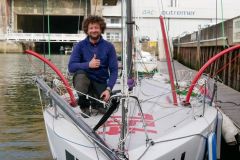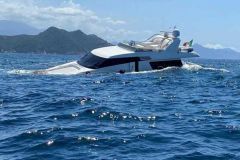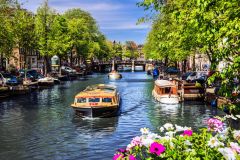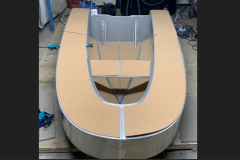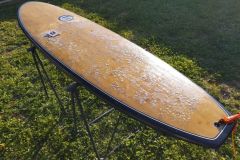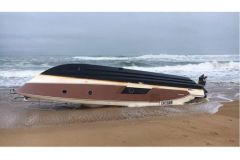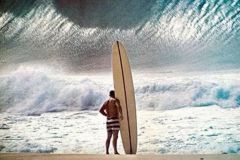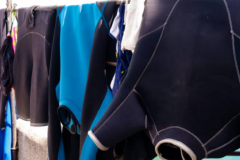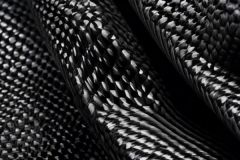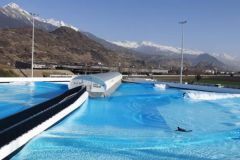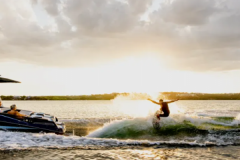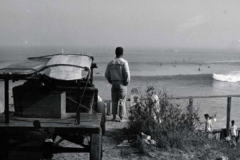UC San Diego is looking for innovative and sustainable solutions to the world's environmental problems. That's why it partnered with the local surf industry to create the world's first sustainable surfboard made from algae.
The new board was unveiled and presented on April 21, one day before Earth Day, at the San Diego Symphony Hall, where the premiere of the National Geographic documentary "World's Smart Cities: San Diego" was held. In attendance were, among others, the city's mayor, Kevin Faulconer, as well as surfing champion Rob Machado.
"We are hopeful that Mayor Faulconer will put this surfboard in his office so that everyone can see how San Diego is a hub, not only for innovation, but also for collaboration on different levels." said Stephen Mayfield, professor of biology and algal geneticist at UC San Diego, who led the design of the board. "A seaweed-based surfboard fits perfectly with our community and our connection to the ocean and surfing."
Mayfiel has been an avid surfer for 45 years, who partnered with professional surfer Rob Machado and North America's largest surf manufacturer, Arctic Foam, to introduce this board to the Mayor of San Diego.
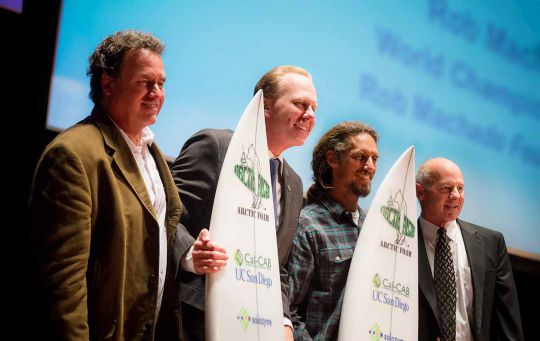
Student researchers in chemistry and biology
The project began several months ago at UC San Diego. Biology students, working in the Mayfield lab on biofuel production from algae, teamed up with chemistry students to solve a basic chemical problem. How do you create a precursor to a polyurethane foam core made from algae oils? (Today, polyurethane surfboards are made exclusively from petroleum)
"Most people don't imagine that oil is algal oil that was just fossilized between 300 and 400 million years ago and buried deep underground," Mayfield explains.
First, it was necessary to study how to chemically modify the oil obtained from algae in the laboratory into different types of "polyols". Mixed with a catalyst and silicates in the right proportions, these polyols develop a "foam-like" substance that hardens into the polyurethane and thus forms the hard core of the surfboard.
To obtain additional, high-quality algae oil, Mayfield turned to Solazyme, a California-based biotech company that produces renewable and sustainable oils and ingredients. It provided them with 3.8 liters to create the first white algae-based surfboard. After some chemistry at UC San Diego, Arctic Foam successfully produced and shaped this foam board and coated it with layers of fiberglass and renewable resin.
Although the core of the board is made from algae, it is pure white and indistinguishable from boards made from crude oil. This is because algae oil, like soybean or safflower oil, is clear. "In the future, we will be able to create green surfboards, adding a little green algae, to play on the sustainable side" explains Mayfield. "But for now we wanted to make them as close to reality as possible."
Mayfield explained that, like other surfers, he has long been confronted with a contradiction: his relationship to the ocean environment and the need for a surfboard created from oil. "Surfers, more than in any other sport, are totally connected and immersed in the ocean environment." he explained. "And yet, your connection to this environment is through a piece of plastic created from fossil fuels." But now, surfers will be able to use a board, which inside, comes from a renewable and sustainable resource. "In the future, we are thinking of making 100% of the surfboard this way âeuros the fiberglass will come from renewable resources, as well as the outer resin."
"It shows that we can still enjoy the ocean, but in an environmentally friendly way." mayfield concluded.



